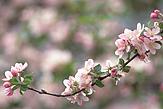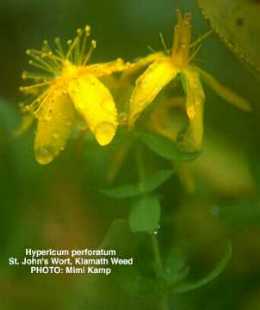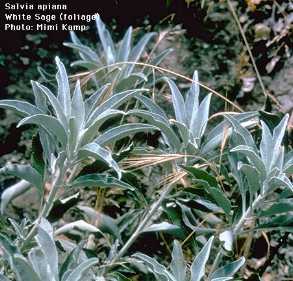|
|
|
 Herbs
Herbs The gathering and preparing of herbs is a specialized work, but one which anyone of average intelligence may safely undertake with proper training. (There are also special storehouses and laboratories that cater to the Herbalist by supplying crude herbs, tinctures, and all kinds of preparations.)
The gathering and preparing of herbs is a specialized work, but one which anyone of average intelligence may safely undertake with proper training. (There are also special storehouses and laboratories that cater to the Herbalist by supplying crude herbs, tinctures, and all kinds of preparations.) Before you go collecting herbs, decide on just one or two species for each trip. Most important, find the best time of day to collect them. Having selected what plants you require, pick only those parts which you will be needing for drying and processing, otherwise you will not only be taking home waste matter, but you will be stunting the growth of next year's crop.
Before you go collecting herbs, decide on just one or two species for each trip. Most important, find the best time of day to collect them. Having selected what plants you require, pick only those parts which you will be needing for drying and processing, otherwise you will not only be taking home waste matter, but you will be stunting the growth of next year's crop. When selecting plants, always try to refer to them by their Latin names, for these never change. If you use the common names, you can become confused, since most herbs have many different common names. Depending on where the herb is found, it could have as many as twenty different names by which it is known. But each plant has only ONE Latin name. Remember that PLANTS SHOULD ALWAYS BE REFERRED TO BY THEIR LATIN NAME FOR POSITIVE IDENTIFICATION.
When selecting plants, always try to refer to them by their Latin names, for these never change. If you use the common names, you can become confused, since most herbs have many different common names. Depending on where the herb is found, it could have as many as twenty different names by which it is known. But each plant has only ONE Latin name. Remember that PLANTS SHOULD ALWAYS BE REFERRED TO BY THEIR LATIN NAME FOR POSITIVE IDENTIFICATION. |

|
 |
 |

|